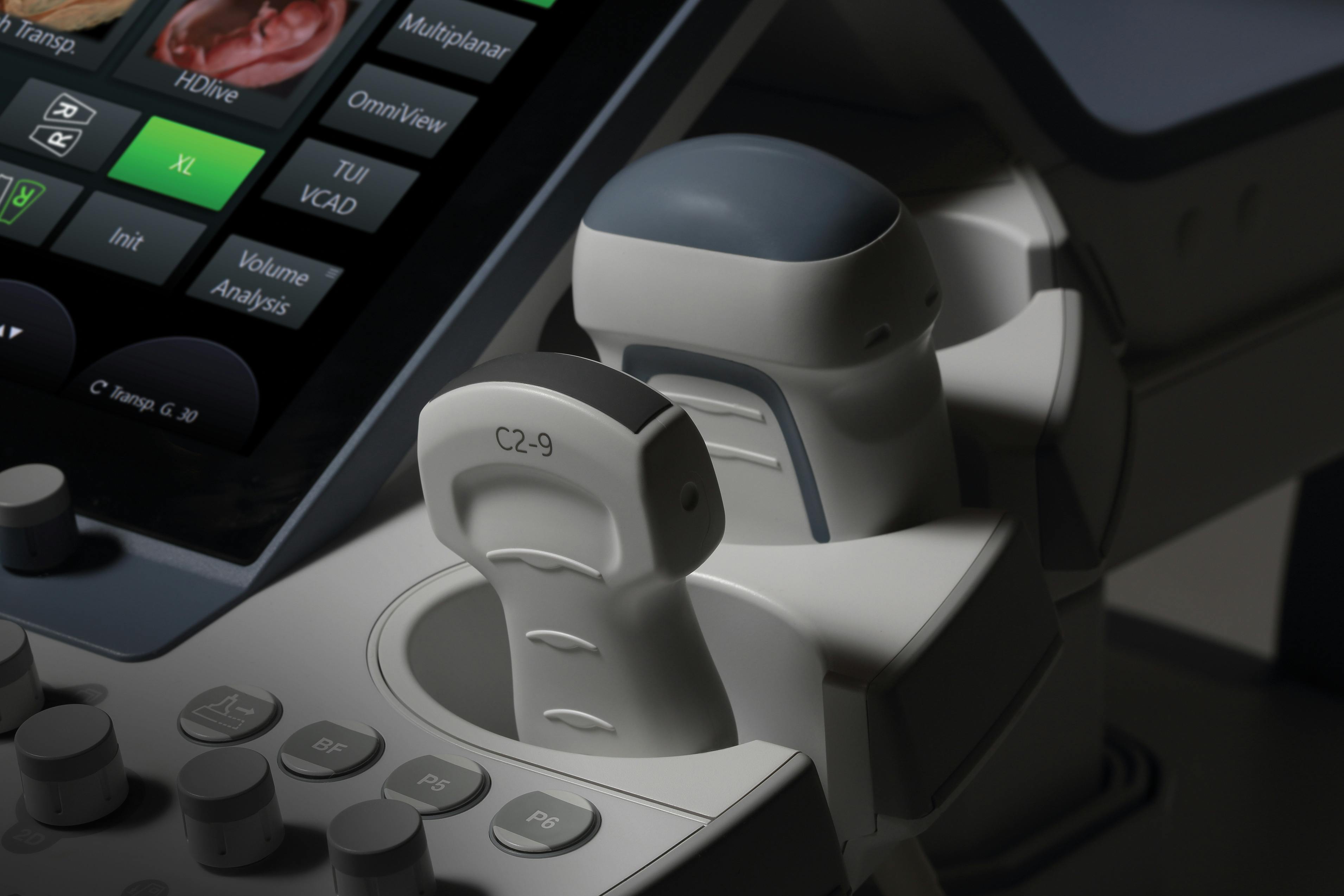Ultrasound is emerging as a preferred diagnostic method among gynecologists in all practice settings. This means that increasing numbers of private practice physicians are using transvaginal , endocavity, and transabdominal probes during daily clinical care and screenings. While ultrasound offers many benefits compared to other diagnostic tests, the tools used in tandem with it have the potential to increase the risk of transmitting healthcare-acquired infections to patients.
High-level disinfection (HLD) is a necessary part of any OB/GYN practice where ultrasound probes are used. Guidelines for the disinfection and sterilization of patient care equipment have been in place for more than 40 years, and are continually updated and refined as technology advances.
These guidelines apply not only to hospitals and surgery centers, but also to private practices. Ultrasound maintenance will keep your patients as safe as possible while you obtain the diagnostic information you need.
What Is High-Level Disinfection?
HLD destroys or removes all microorganisms from medical equipment, with the exception of some bacterial spores. Without high-level disinfection, traces of human papillomavirus (HPV), cytomegalovirus (CMV) and enteric gram-negative organisms such as Escherichia coli (E. coli) are transmittable from tools. This poses a significant threat to OB/GYN patients.
According to the latest guidelines from the Centers for Disease Control and Prevention (CDC), endocavity, transabdominal and transvaginal probes are categorized as semi-critical items. As tools in frequent contact with mucous membranes or non-intact skin, semi-critical items require high-level disinfection using approved chemical disinfectants.
High-Level Versus Low-Level Disinfection
While protective coverings may be used with all types of ultrasound transducers, a barrier alone isn't enough to ensure complete protection against harmful pathogens. According to the CDC, condoms and other commercially available probe covers can become perforated before or after use. Up to 65 percent of commercial probe covers are already perforated before use. An estimated 1.7 percent of condoms exhibit perforations after use, while as many as 8.3 percent of probe covers leak.
Additionally, routine cleaning practices aren't enough to ensure compliance with high-level disinfection. Up to 12.9 percent of transducers are still contaminated with harmful pathogens even after low-level disinfection (LLD); 7.5 percent of transvaginal ultrasound probes remain contaminated with HPV DNA after low-level disinfection.
High-Level Disinfection of Ultrasound Probes
As a private practice clinician, you have multiple options for performing high-level disinfection of the ultrasound probes you use. However, decontamination efforts are only effective if your staff is educated and trained on proper HLD procedures. Without a thorough understanding of how and why high-level disinfection works, your practice may inadvertently become noncompliant with CDC guidelines.
Start by removing ultrasound probe covers between each patient examination. The transducer should be cleaned and disinfected before a new cover is applied. While initial cleaning may simply involve nonabrasive liquid soaps and water, HLD requires stronger chemical substances.
Before performing HLD, check the probe's manufacturer recommendations for the types of cleaning products you should use. Recommended chemical disinfectants may include:
- Glutaraldehyde 2.4–3.2. percent products
- Non-glutaraldehyde agents
- Chlorine dioxide
- Hydrogen peroxide 7.5 percent solution
There are also technological solutions for executing high-level disinfection for probes. New machines thoroughly cleanse equipment using hydrogen peroxide mist in an automated, closed system, limiting patient exposure to potentially harmful chemical disinfectants.
No matter the size of your practice, patient safety should be the top priority. By following the CDC's disinfection guidelines, you'll ensure your patients stay safe during critical ultrasound procedures.


